Xenon: Element Properties And Uses
Description
Xenon, a rare noble gas with distinct chemical and physical properties, is presented with details regarding its general applications, methods of extraction and associated industrial products.
Introduction to the Element
Xenon is an element from the noble gases group and has the atomic number 54. Although it occurs only in trace amounts in the Earth’s atmosphere, its properties have attracted significant scientific interest. The element is largely inert, that is, it does not react with other elements under standard conditions, a property that contributes to its stability and safety in various applications.
Description of Chemical Properties
Xenon’s chemical behaviour is characterised by its low reactivity due to a complete valence electron shell. Consequently, it shows only a minimal tendency to form compounds, which is a typical property of noble gases.
Under certain conditions, for example at high pressure or in the presence of strong oxidising agents, Xenon can form stable compounds with elements such as Fluorine and Oxygen. Compounds such as Xenon hexafluoroplatinate have been synthesised, thereby providing valuable insights into the chemistry of noble gases.
Table of Physical Property Data
|
Property |
Value |
|
Atomic Number |
54 |
|
Atomic Mass |
131.29 u |
|
Melting Point |
-111.8°C |
|
Boiling Point |
-108.1°C |
|
Gas Density |
5.894 g/L at STP |
|
Colour |
Colourless |
For further information please visit Stanford Advanced Materials (SAM).
Common Applications
Xenon is employed in a number of practical applications, benefiting from its distinct properties. One common use of Xenon is in lighting technology. Xenon flash lamps deliver bright, instantaneous light and are used in photography, film projection and high-speed photography. In addition, Xenon arc lamps produce a light that closely matches natural daylight, which is significant for applications that require accurate colour rendering.
In medicine, Xenon is used as an anaesthetic because of its high blood solubility and rapid onset of action. Furthermore, Xenon is utilised in medical imaging, particularly in computerised tomography (CT) and Magnetic Resonance Imaging (MRI), where it improves image quality and contrast.
Xenon also plays an important role in the aerospace industry. It is used as a propellant in ion propulsion systems for satellites and spacecraft. Its high mass and inertness make it a practical choice for generating thrust in environments where conventional fuels would be impractical.
Refinement Methods
Owing to its low concentration in the Earth’s atmosphere, Xenon does not occur in large quantities naturally. Its extraction requires complex methods. The principal method is the fractional distillation of liquefied air. In this process, the air is first cooled to extremely low temperatures so that it condenses into a liquid. In liquid form, the components of air are separated according to their boiling points. Given that Xenon has a higher boiling point compared to other atmospheric gases, it is isolated by careful distillation.
Frequently Asked Questions
How is Xenon used in lighting?
Xenon is employed in flash lamps and arc lamps to produce bright, intense light. Consequently, it is suitable for photography, film projection and high-speed recordings.
Is Xenon toxic?
Xenon is considered non-toxic and chemically inert. However, it should only be used in high concentrations under controlled conditions and in accordance with the appropriate safety protocols.
How is Xenon produced?
Xenon is produced by the fractional distillation of liquefied air. Due to its boiling point, it is separated from other atmospheric gases, followed by additional purification steps.
What compounds can Xenon form?
Although Xenon is largely inert, under high-pressure conditions it can form compounds with elements such as Fluorine and Oxygen, which results in the formation of stable Xenon compounds.
Why is Xenon considered rare?
Xenon is considered rare because it occurs only in trace quantities in the Earth’s atmosphere. Its extraction involves complex, energy-intensive processes to isolate it from other gases.

 Bars
Bars
 Beads & Spheres
Beads & Spheres
 Bolts & Nuts
Bolts & Nuts
 Crucibles
Crucibles
 Discs
Discs
 Fibers & Fabrics
Fibers & Fabrics
 Films
Films
 Flake
Flake
 Foams
Foams
 Foil
Foil
 Granules
Granules
 Honeycombs
Honeycombs
 Ink
Ink
 Laminate
Laminate
 Lumps
Lumps
 Meshes
Meshes
 Metallised Film
Metallised Film
 Plate
Plate
 Powders
Powders
 Rod
Rod
 Sheets
Sheets
 Single Crystals
Single Crystals
 Sputtering Target
Sputtering Target
 Tubes
Tubes
 Washer
Washer
 Wires
Wires
 Converters & Calculators
Converters & Calculators
 Write for Us
Write for Us
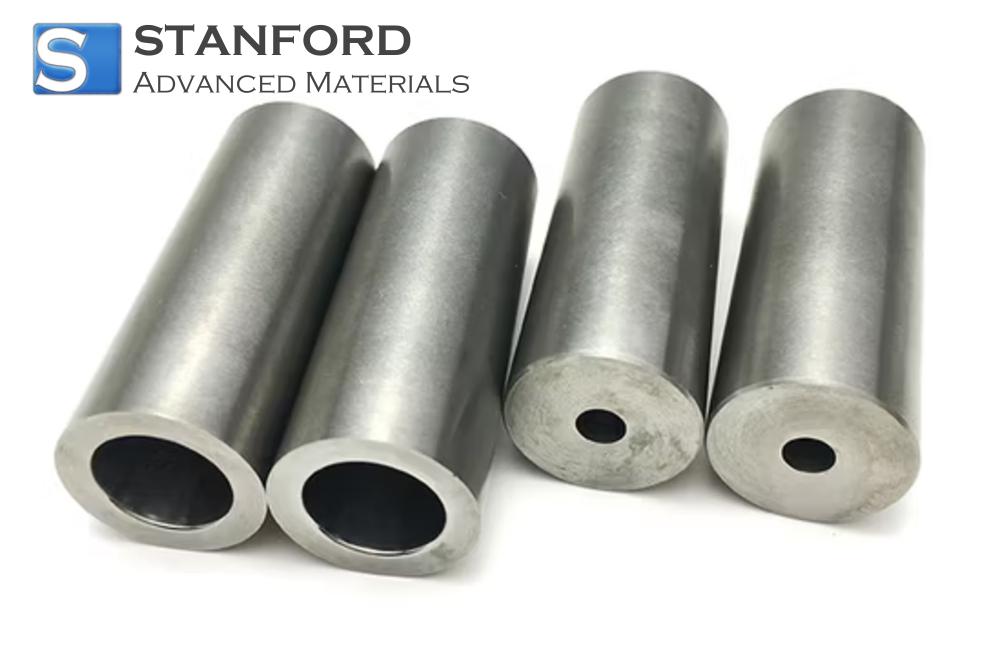
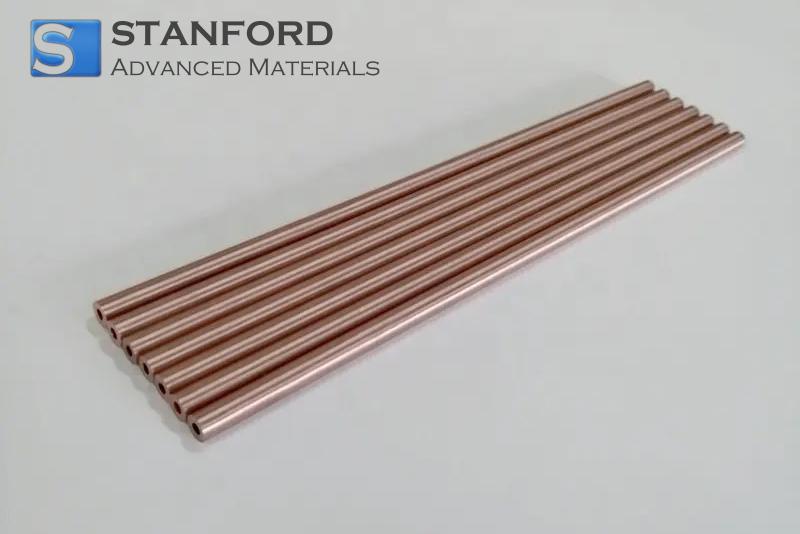
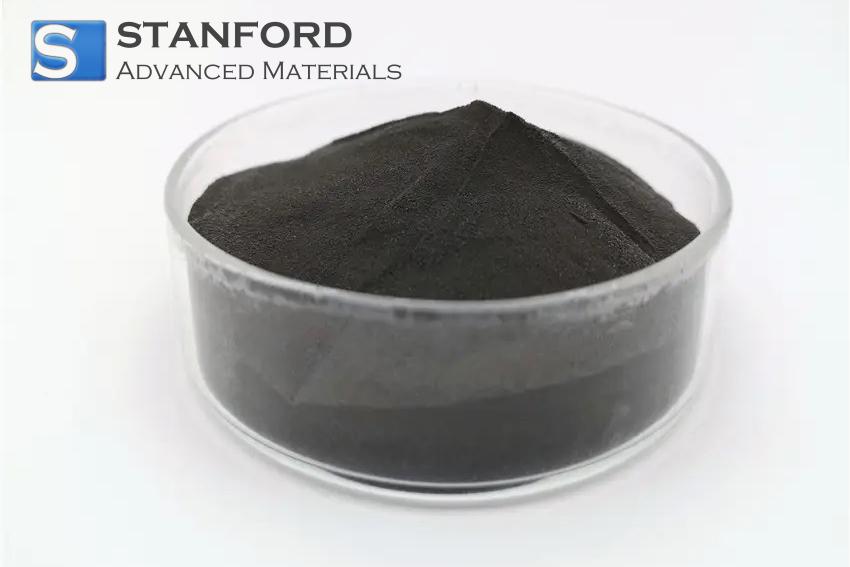
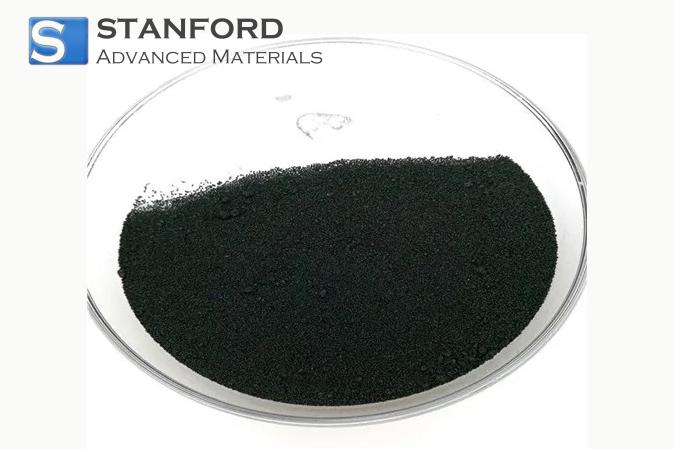
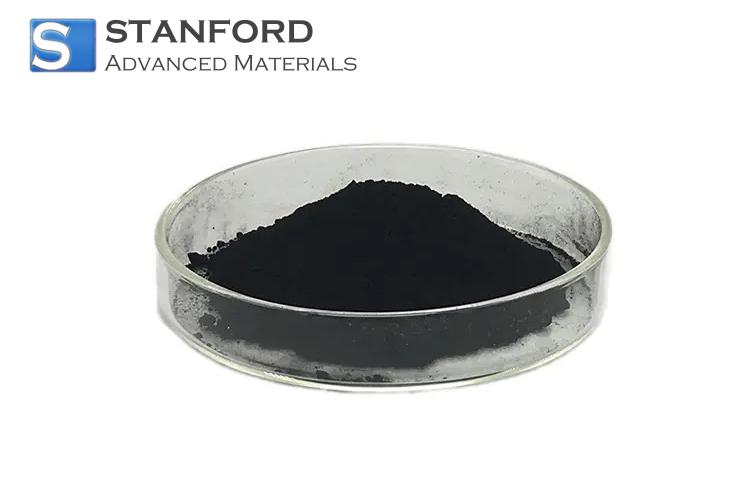
 Chin Trento
Chin Trento



